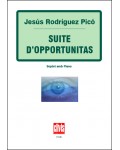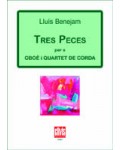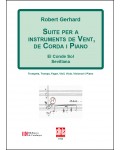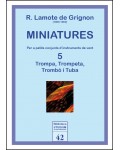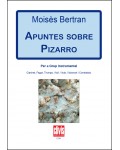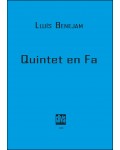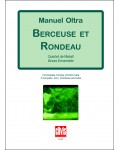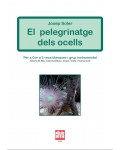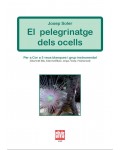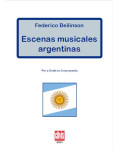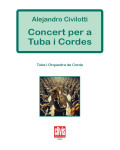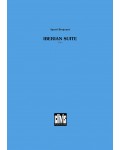
No products
Prices are tax included
Product successfully added to your shopping cart
There are 0 items in your cart. There is 1 item in your cart.
- English
- Castellano
- Català
Toccata per a octet
DE541
Toccata is one of the most important works by Ricard Lamote de Grignon, from the point of view of the compositional technique using his impeccable arrangement and sometimes surprising compositional resources, including some nods to dodecaphonic techniques, and the alternation of compact interventions groups facilitates the development of the work with a masterful perfection of form.
| Period | 20th c. |
| Instruments | fl.ob.cl.2vl.vla.vc.cb. |
| Pages | 124 |
| Time | 17 min |
| Contents | score + parts |
| ISMN | 979-0-3502-0605-4 |
| Price of print edition | 46,80€ |
| Edition | Digital |
Toccata is a great work on a small scale. Structured in three movements and arranged for eight instruments (three wind instruments - flute, oboe and clarinet - and five strings - the full family, with two violins), it is like a sonata but on a smaller scale.
Here is a title that refers to Baroque toccatas. works with few pretensions intended to be «played», that is, interpreted by keyboard instruments rather than «sounded» (like sonatas for string instruments) or «sung» (like cantatas for human voices).
Under the appearance of easily accessible music, Toccata is one of the most important works by Ricard Lamote de Grignon, from the point of view of the compositional technique using his impeccable arrangement - remember his mastery of this speciality due to his work as an arranger for bands - and sometimes surprising compositional resources, including some nods to dodecaphonic techniques. The balance between instruments is painstakingly studied and the alternation of compact interventions groups - wind against strings - facilitates the development of the work with a masterful perfection of form.
The work, dated 14 May 1957 by the author, won the Santa Llúcia Youth Music Prize the same year, the year when Ricard Lamote de Grignon finally took up his post as deputy director of the Barcelona Municipal Orchestra, under his master and friend Eduard Toldrà.
David Puertas

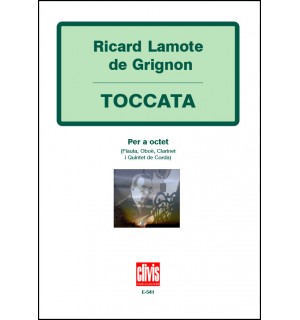




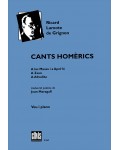
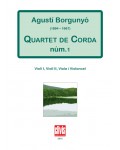
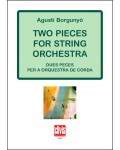
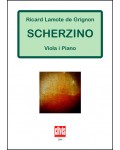
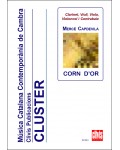
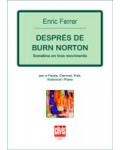
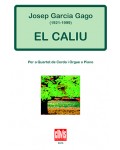
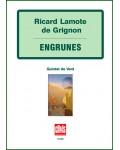
![Érebo [score]](https://www.clivis.cat/854-home_default/erebo.jpg)
![Érebo [parts]](https://www.clivis.cat/858-home_default/erebo.jpg)
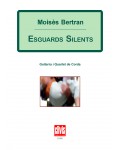
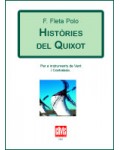
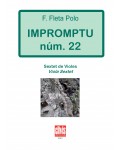
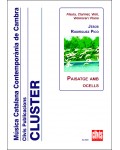
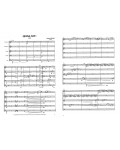
![Quintet de corda [score]](https://www.clivis.cat/65-home_default/quintet-de-corda.jpg)
![Quintet de corda [parts]](https://www.clivis.cat/66-home_default/quintet-de-corda.jpg)
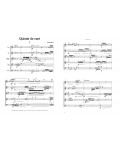
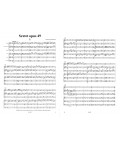
![Sextet [score]](https://www.clivis.cat/936-home_default/sextet.jpg)
![Sextet [parts]](https://www.clivis.cat/942-home_default/sextet.jpg)
